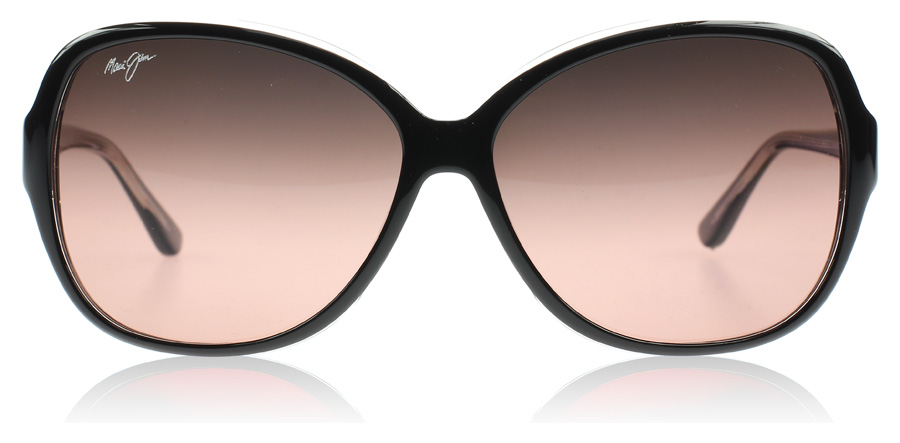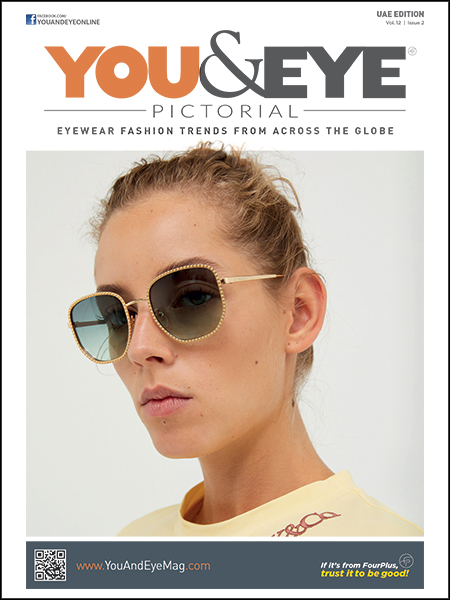Some of the most beautiful eyewear today is made of a special plastic known as acetate. Let’s learn more about this special material that allows the eyewear industry better scope for innovation and experimentation
As eyewear technology keeps on developing, we are seeing a range of new materials employed in the making of frames and lenses. Polycarbonate, grilamid, and even bone and wood are used in manufacturing quality eyewear frames. However, at the same time, older materials are also being reinvented and brought back to use. Think plastic frames are a thing of the past? Think again.
As the price of oil rises, the cost of producing petroleum-based plastics also rises. This encourages the eyewear industry to seek out more profitable and more durable alternatives to traditional plastic. Cotton-based cellulose acetate is one of these new-generation plastics, but not the only one. For example, cellulose propionate and polyamide are two other instances of novel plastics that are produced from nylon and have found their way to spectacle frames.Cellulose acetate, also known as zyl or zylonite, is a kind of natural plastic derived from cotton. This material was first produced in 1865, but was only later used to manufacture spectacle frames. As a natural alternative to petroleum-based plastics, cellulose acetate provides a good environment-friendly choice for plastics produced from non-renewable materials.
Acetate Versus Injection Plastic

The usual low cost and low quality plastic frames are produced from classic petroleum-based plastic, which is melted into a liquid form and then injected into special molds. When the liquid plastic cools down, it forms the frame, which may then be spray painted for colour and coated for shine.
Injection mold frames can be produced completely by machines and do not waste any material, which makes them very cost-effective compared to acetate frames. The drawback is that the low-cost production is also reflected in the cheap look of the frames. The frames also brittle easily and are not made from renewable sources, which makes them ecologically unsound.
However, due to the mass appeal of these frames, there is a lot of experimentation currently underway with specialised materials like TR90 and Ultem to make the frames more stronger. One of the main drawbacks is the limited scope of depth in colours, shapes and sizes.
The manufacture of cellulose acetate frames is a more complicated process. First cotton, acetone and alcohol are mixed into a thick dough-like mixture. The resulting acetate is kneaded, heated and finally formed into large blocks, which must go through a slow cooling process. The most striking acetate is created by laying thin layers of different coloured plastic on top of each other to produce a large solid block of multi-coloured acetate. Virtually any colour of acetate sheet can thus be created by the mixing of colours.

In the next step of the process, different parts of the eyeglass frame are cut out from the acetate block by precise machines. The machine produces only rough frame parts though, which still need to be finished carefully to produce the most beautiful acetate eyewear. Each of the parts is first polished by hand to remove the rough edges and finally assembled into complete frames.
The merits of acetate frames over those made from injection molded plastic are numerous. First of all the layering of the acetate block allows manufacturers to create countless colour variations by adding layers of different colours on top of each other. In addition, acetate is hypoallergenic, extremely lightweight, and more durable than injection molded frames. Acetate frames also have a more natural feel to them, making them more comfortable to wear as compared to injection mold frames. But, on the other hand, acetate frames are more expensive to produce than traditional plastic frames.
Colour and Style
With endless possibilities considering colouration and shape, cellulose acetate is one of the most versatile materials used by eyewear designers.
Acetate with its enormous potential provides a fruitful meeting point for art and eyewear design. When these two combine, some truly unique and unexpected pieces of eyewear come to life. This is exactly the case with Maui Jim’s limited edition You Move Me sunglasses. Created in collaboration with the Hawaiian artist Charlie Lyon, these striking glasses have unique pictures of exotic flora and fauna printed directly on the acetate frames.

You Move Me consists of two styles, #277 and #280. The former sunglasses are slightly retro with square-like frame fronts, neutral grey lenses, and thick temples decorated with the designer’s golden signature. You Move Me #280 sunglasses feature rounder frames instead with less sharp edges and larger lenses. Both models are provided with Maui Jim’s MauiPure™ lenses – one of the world’s clearest and lightest non-glass lenses, which are also scratch and impact resistant.
The Belgian eyewear designer Theo has produced an eyeglass range made especially for the younger Y-generation. This product line, named Mille, features simple youthful designs and monochrome acetate frames. Despite the apparent simplicity, the glasses have a certain playful Theo feel to them. The shapes range from classic aviator and round frames to witty takes on the popular cat eye theme.
For a luxurious acetate look, the limited edition Baguette sunglasses by the Italian fashion house Fendi are a good choice. Based on the iconic Baguette handbag released by Fendi in 1997, the namesake sunglasses feature interesting contrasting shapes in the frame. The straight and clean-cut upper front profile smoothly merges with the rounded lower front profile of the beautiful thick frame. These glasses are available in two colours: either black with tobacco stripes or black with melange grey. The colours remind of precious mineral veins that run deep beneath the earth’s surface – an impression that is emphasised by the granite- and marble-like patterns of the temples. The temples are also embellished with metal plates bearing the iconic Fendi monogram.

To truly appreciate the amazing variety of colours that acetate frames are capable of, it is worth mentioning the product line of the Danish eyewear company Bellinger. The company’s Scandinavian origins are reflected in the simple yet quirky shapes of the frames paired with amazing colours, ranging from classic tortoise to unique combinations of splashy jewel-like colours. Bellinger’s glasses are young, hip, professional, and sophisticated – all at the same time.
The Bounce line of Bellinger features classic rounded rectangular frames with a huge variety of colours and a unique bouncy pattern in the temples. The Hustler line, on the other hand, presents thicker frames with an ever-so-slightly rounded straight upper front profile. Both lines take the world-famous Scandinavian minimalistic design and give it a modern twist with the unique colourations of the acetate frames.
What acetate may lack in strength, it makes up with the diversity it offers in colours, textures and designs. And as long as we have designers who like colour, textures and designs (which is basically forever!), we are sure acetate will continue to provide them the flexibility to get creative with eyewear design.
Featured image courtesy: Bellinger House







